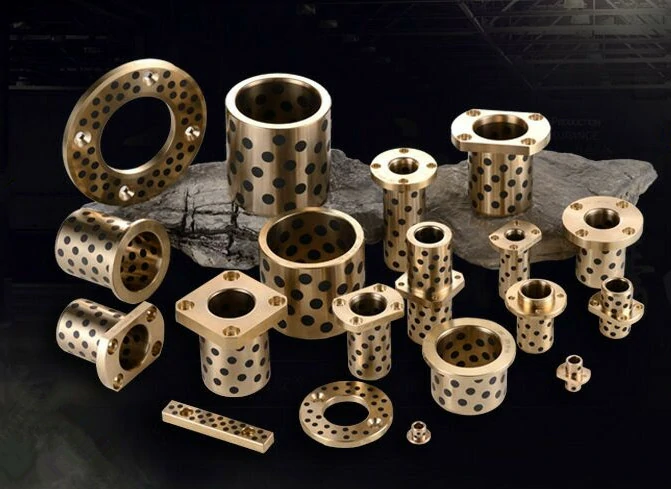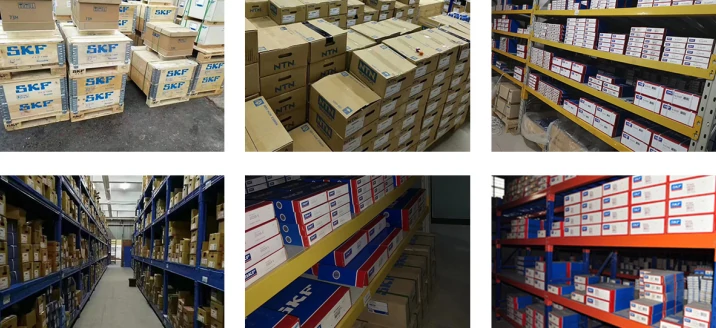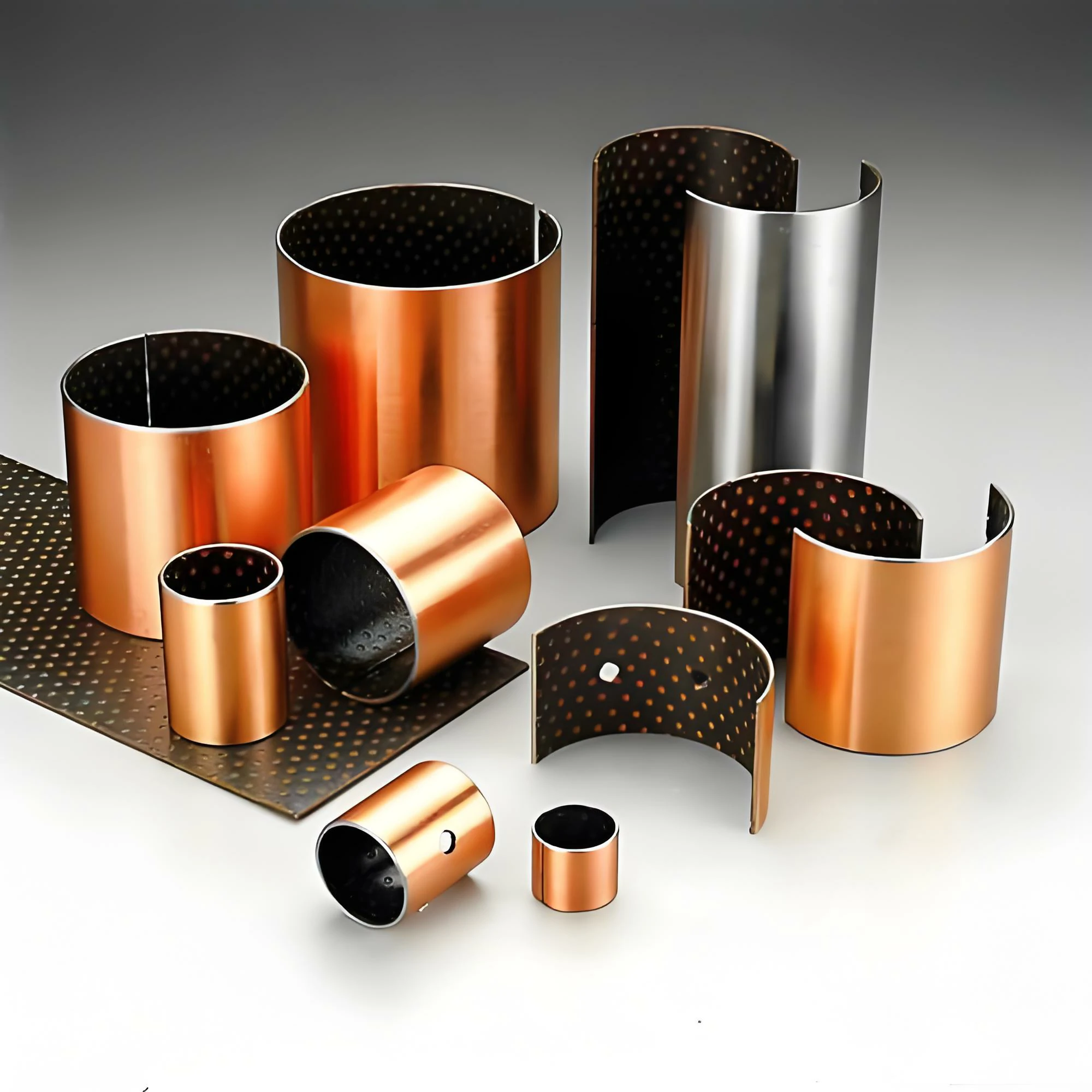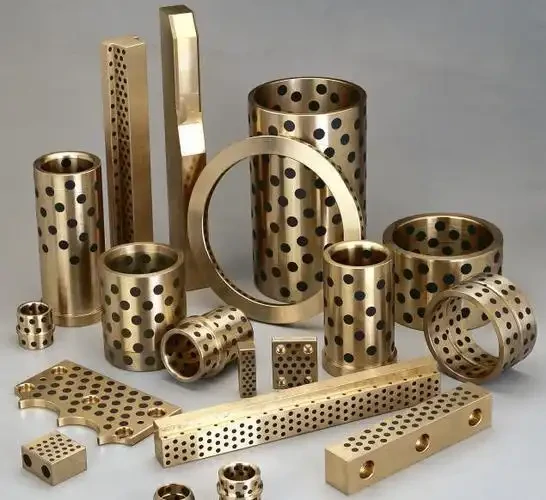Dry Rolling Bearings
Product Features and Advantages
Maintenance-free operation
No need to add grease or lubricant, reducing maintenance costs, suitable for difficult-to-lubricate occasions.
Resistant to extreme environments
Adapt to high temperature (up to 800°C), vacuum, strong corrosion or high cleanliness requirements (such as medical and semiconductor industries).
Low friction and wear resistance
Adopt MoS₂, PTFE, DLC coating or ceramic rolling elements, low friction coefficient and long life.
No pollution
No grease volatilization or shedding, in line with the cleanliness standards of food, medicine and other industries (FDA/ISO Class 5+).
High reliability
Avoids failures caused by lubrication failure of traditional bearings, suitable for long-term unmanned maintenance scenarios (such as wind power and aerospace).
See more at Dry Bearing Catalog!
Analysis of Dry Rolling Bearing Technology
1. Product Introduction
Dry Rolling Bearing is a rolling bearing that does not require external lubrication and relies on solid lubricating materials or surface treatment technology to achieve low-friction operation. Its core features include
Lubrication-free design: self-lubricating coating, composite materials, or special heat treatment processes are used to avoid reliance on grease or lubricating oil.
Low-friction performance: friction resistance and wear are reduced by optimizing the surface of the raceway and rolling element.
Extreme environment resistance: suitable for scenes with high temperature, vacuum, strong corrosion, or high cleanliness requirements.
Typical structural types:
Solid lubricating coated bearings: MoS₂, PTFE, or DLC (diamond-like carbon) coating is sprayed on the surface of the raceway or rolling element.
Ceramic hybrid bearings: Si₃N₄ or ZrO₂ ceramic balls are used with steel or stainless steel cages.
Self-lubricating bearings: solid lubricants (such as graphite) are embedded in the cage and slowly released during operation.

2. Product application analysis
(1) Industrial machinery
Food packaging equipment: avoid lubricant contamination and meet FDA/NSF certification requirements.
Textile machinery: reduce fiber adsorption and reduce maintenance frequency.
(2) Transportation
Electric vehicle motor bearings: reduce the impact of grease aging and improve high temperature stability.
Aerospace: suitable for vacuum or extreme temperature environments (such as satellite deployment mechanisms).
(3) Energy and heavy industry
Wind turbine yaw system: salt spray corrosion resistance and maintenance-free design.
Steel continuous casting equipment: stable operation in high temperature environment (up to 400°C or above).
(4) Medical and semiconductor
Medical robots: no particle shedding, meet clean room standards (ISO Class 5+).
Wafer handling robot: ultra-high precision, avoid lubricant volatilization contamination.
3. Summary
Advantages Limitations
✔ Maintenance-free, lower operating costs ✖ High initial cost
✔ Resistant to high temperature, vacuum, and corrosive environments ✖ High-speed performance is slightly inferior to oil lubrication
✔ No pollution, suitable for clean scenes ✖ Targeted selection is required (PV value)
Application scenario priority:
Recommended use: extreme environments, oil-free requirements, and long-term maintenance-free occasions.
Use with caution: ultra-high speed (>10,000 rpm), frequent impact load conditions.
4. FAQ (Frequently Asked Questions)
Q1: What is the life of dry friction bearings?
A1: The life depends on the load and speed, usually 60%~80% of oil-lubricated bearings, but it can be significantly better than traditional bearings in high temperature/oil-free environments.
Q2: Is a running-in period required?
A2: Some coated bearings require a short-term running-in (<50 hours) to form a stable transfer film, and ceramic bearings can be used directly.
Q3: Can it replace all lubricated bearings?
A3: No, the working conditions need to be evaluated (for example, oil lubrication is still recommended for high speed and heavy load).
Q4: How to clean dry friction bearings?
A4: Use lint-free cloth or ultrasonic cleaning (to avoid strong solvents damaging the coating).
Q5: What is the maximum tolerable temperature?
A5: Ordinary coated bearings are about 250℃, and ceramic bearings can reach 800℃ (high temperature resistant cages are required).
5. Selection suggestions
Step 1: Identify the environment (temperature, medium, cleanliness).
Step 2: Calculate the PV value (pressure × speed) and match the bearing load capacity.
Step 3: Select coating/material (such as MoS₂ is suitable for vacuum, PTFE is resistant to chemical corrosion).
Example: Semiconductor equipment can choose DLC coated bearings, and wind power equipment should use ceramic hybrid bearings.\



